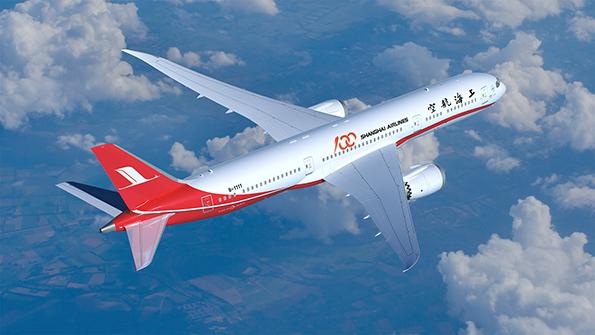
Western airlines are begging for more government aid, the International Air Transport Association does not expect the industry to see positive cash flow before 2022, and credit agency analysts forecast depressed aerospace and defense business activity for up to another 1.5 years.
Meanwhile, data continues to portray China as the lone bright spot in the aviation world. By August, Chinese domestic flights had recovered to about 90% of 2019 levels. “China has been effectively controlling the spread of COVID-19, limiting cases to less than 100 a day. Combined with a large domestic market, the recovery in commercial aviation is expected to outpace the rest of the world,” Jefferies analysts Sheila Kahyaoglu and Greg Konrad noted in late September.
“Right now, really, the two areas of traffic that are close to normal are domestic China and the roughly 2,000 all-cargo aircraft out there today,” echoes AeroDynamic Advisory Managing Director Kevin Michaels. Otherwise, “it’s a bloodbath, and we’re all aware of that,” he told an Aviation Week SpeedNews conference in September.
For aerospace and defense (A&D) suppliers, the dichotomy sets up a critical decision: Should suppliers and servicers run toward China—or run away?
It is easy to understand why they are debating the question. Long before COVID-19 gutted commercial air traffic and kick-started what is expected to be the greatest makeover of aircraft manufacturing and the maintenance, repair and overhaul industries since the dawn of the jet age, there were already good reasons to debate being in China. Topping the list was the Trump administration’s trade war with the world’s second-largest economy. Ongoing questions lingered about intellectual property rights and the specter of inadvertently creating future competitors in Avic, Comac and other Chinese companies.
Proponents of reshoring industry to the U.S.—or “nearshoring” to Canada or Mexico—are certainly touting potential opportunity. “The logical thing is to fill longer-term and COVID-revealed supply chain gaps,” Reshoring Initiative President Harry Moser told an Aerospace and Defense Forum audience on Oct. 6.
Others agree that conditions are ripe for reshoring, not least because automation and advanced technologies that replace humans can offset North American costs. Also, A&D has been deemed a critical part of U.S. infrastructure. And Chinese unit labor costs have risen fivefold in recent decades. This summer, site-selection consultant Duff & Phelps identified A&D as a top candidate for moving to America (see chart).
But siting decisions are complex, and supply chain moves are even more so. Not only is commercial aviation looking strongest in China now and in the near future, but it could accelerate a long-expected toppling of the U.S. as the world’s leading aviation market, possibly as soon as 2025. Increasingly, Beijing officials talk about relying on domestic supply instead of imports. Indeed, the “Sleeping Giant” could boast a future estimated aviation market value of more than $1 trillion, according to Yi Zhang, general manager of OCO Global China.
That catches suppliers’ attention. Zhang spoke in June to a well-attended webinar hosted by Washington state economic development officials about aerospace opportunities in China, and that was a month before Boeing revealed it was even thinking about scrapping 787 production in Puget Sound, Washington.
Now China’s opportunities beckon brighter with no snapback in Western air traffic.
Still, in his Sept. 24 report titled “Caveat Venditor,” or “seller beware,” Vertical Research Partners analyst Rob Stallard cautions Western A&D companies against rushing toward China. “We see the Chinese government leveraging its position of relative post-COVID strength in coming years, and no doubt aerospace will see some of the fallout,” Stallard says. “As the biggest show in town, we would expect to see more quid pro quo in China’s relationship with what is still very much a Western aerospace industry. Price, supply chain and technology transfer could be on the table, as could politics.
“Aviation could conceivably suffer collateral damage as part of a broader trade war,” Stallard writes. “So while investors will probably see good news in a Chinese-led aero recovery, we would be looking for any strings attached.”






Comments